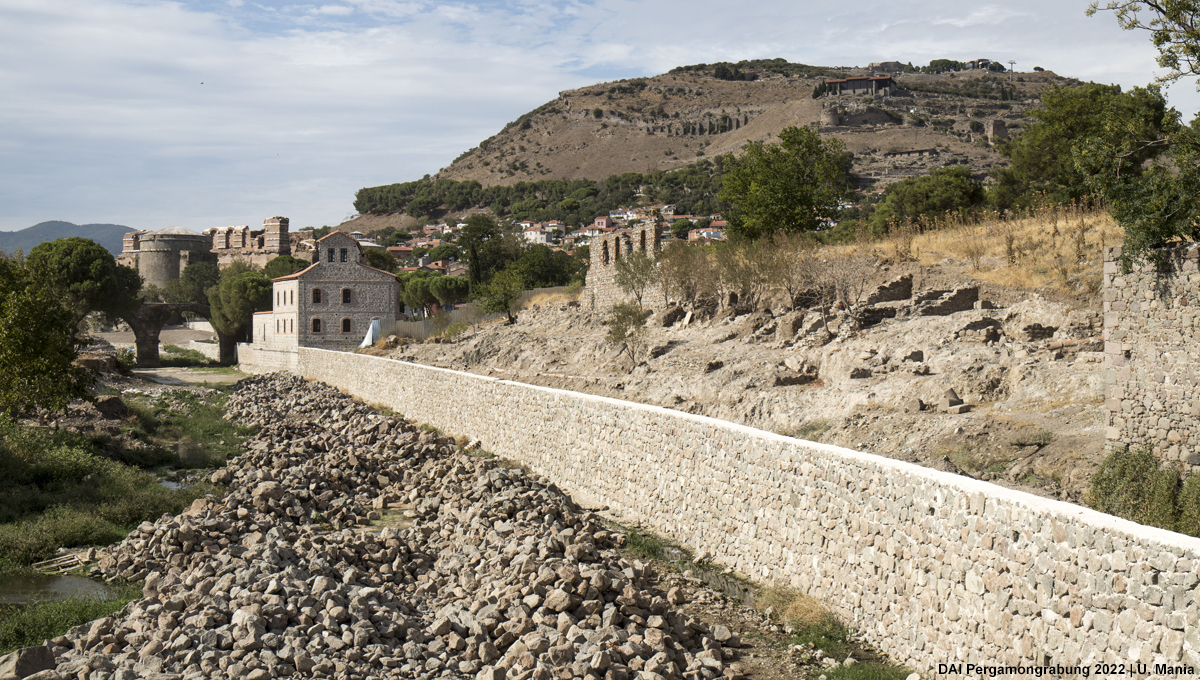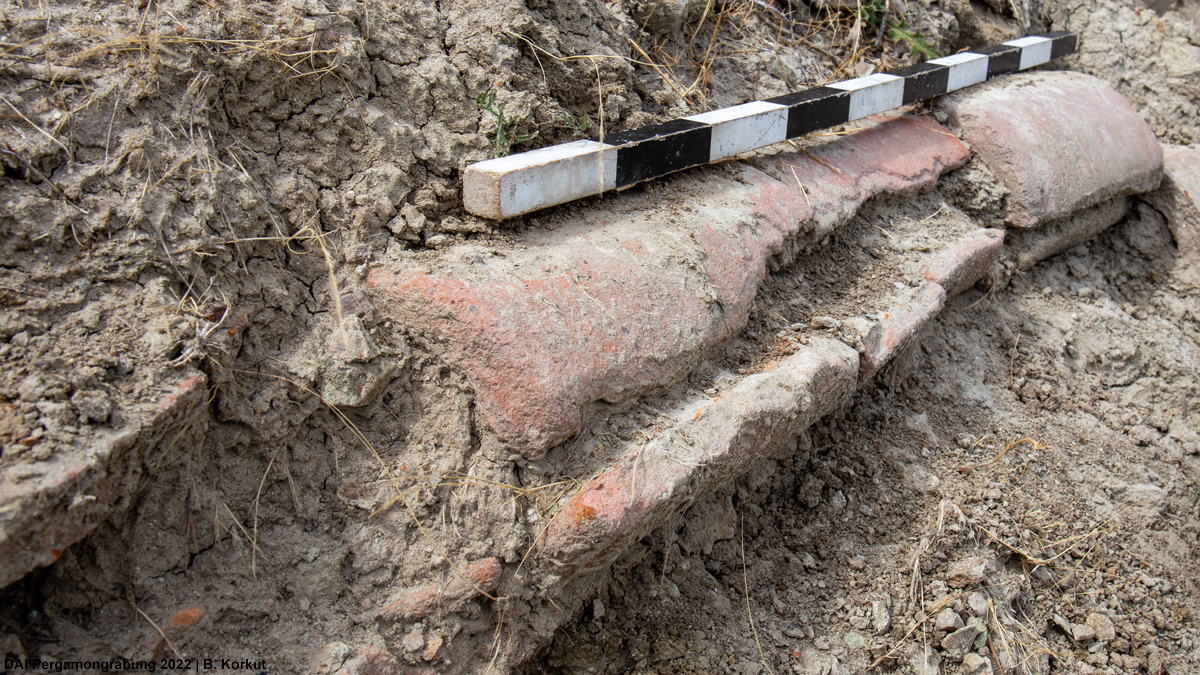Secrets of Selinus: New Discoveries Reshape the Understanding of Pergamon’s Urban Riverbank
The developing landscape of Bergama unfolds along the Bergama Çayı, where the recent construction of a river embankment by the DSİ revealed ancient structures. Excavations from 2021 to 2023 under the direction of Bergama Müzesi uncovered an 1 km² wide area. In collaboration with DSİ, the İzmir State Monuments Authority and the Pergamon Excavation Project, the ongoing conservation work is contributing to a master’s thesis focusing on detailed documentation, with an emphasis on construction phases and techniques. This study explores the historical layers of the site to uncover ancient urban development and the interactions between human and nature during the Roman Imperial period.















